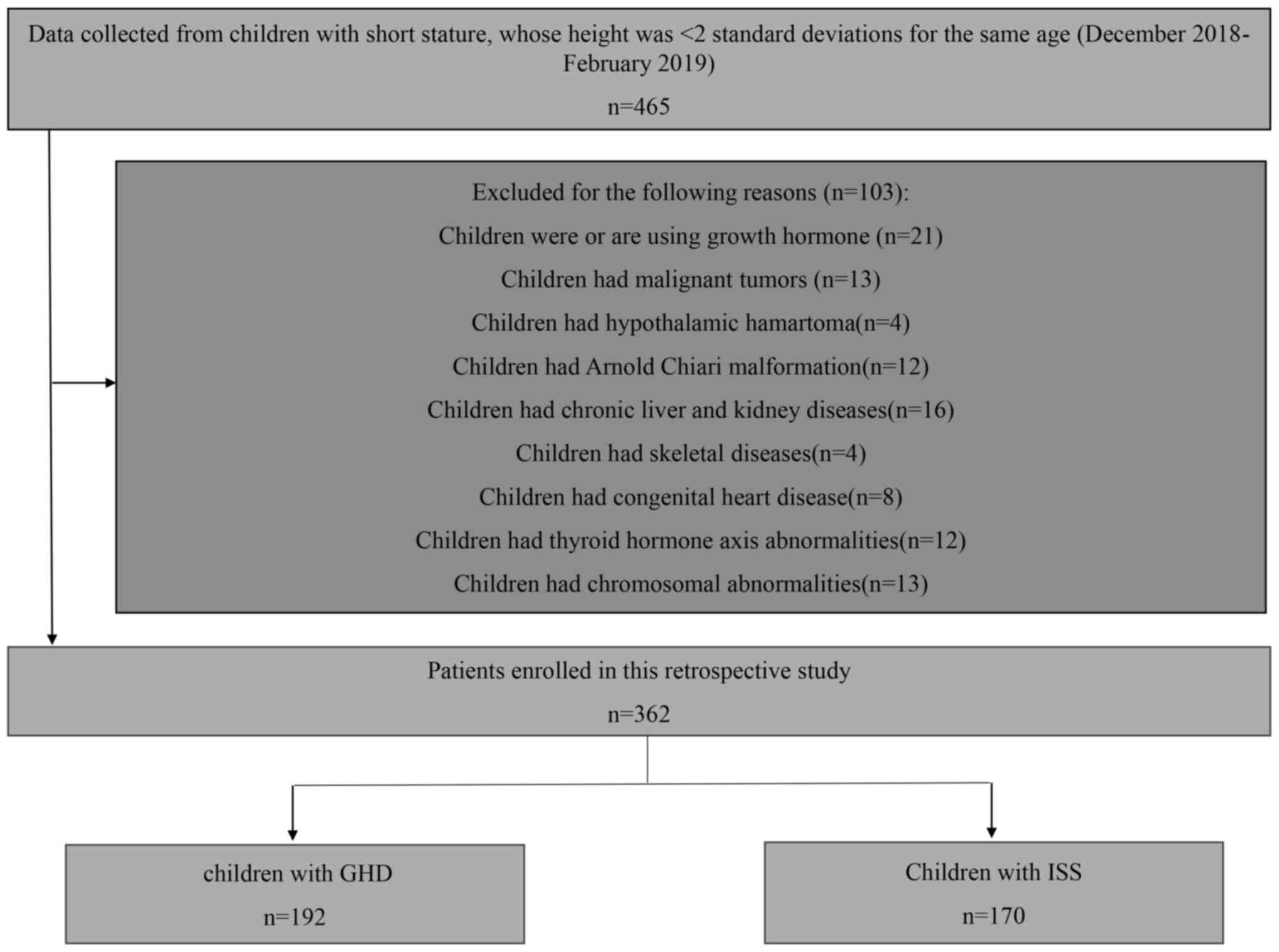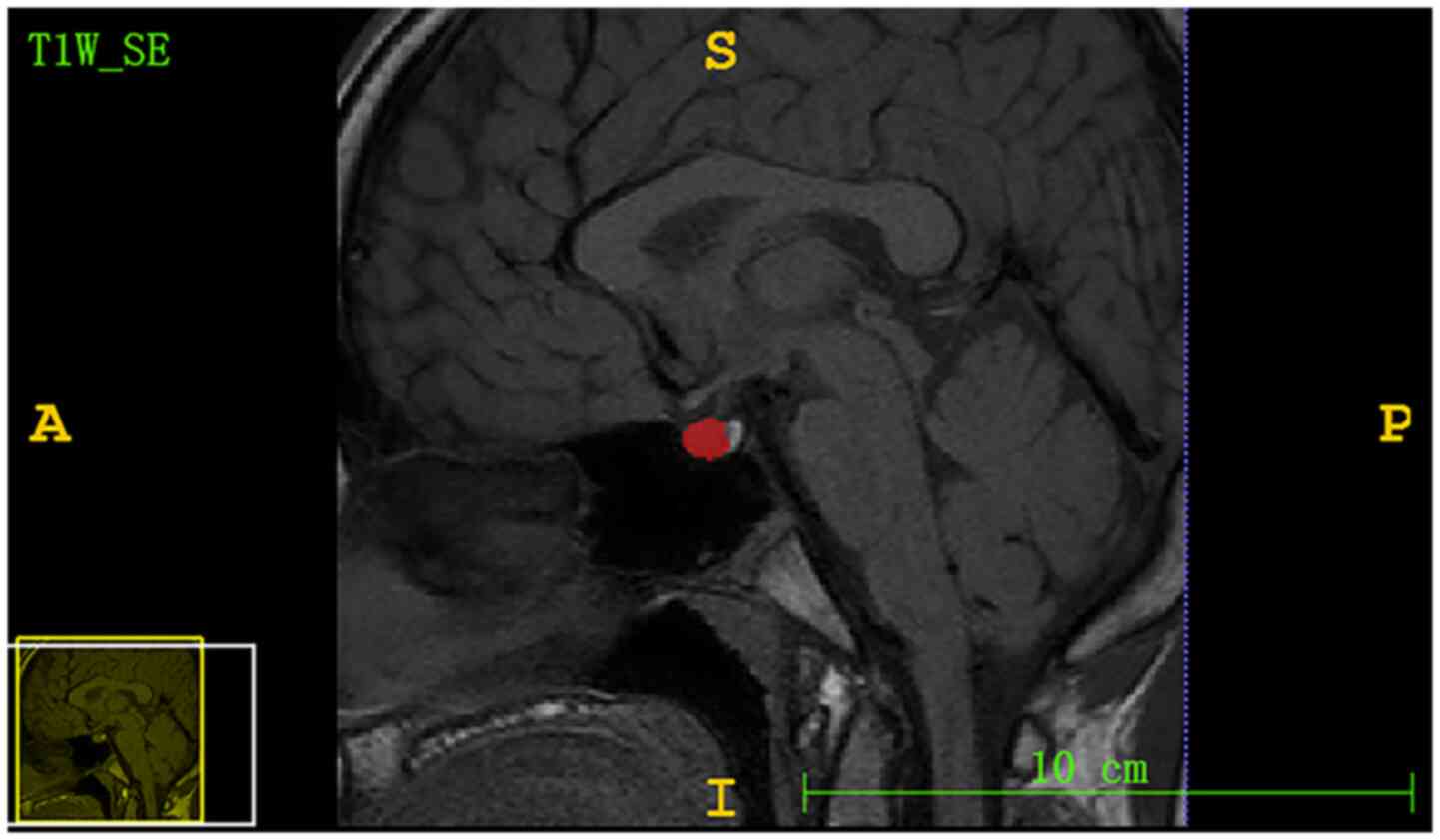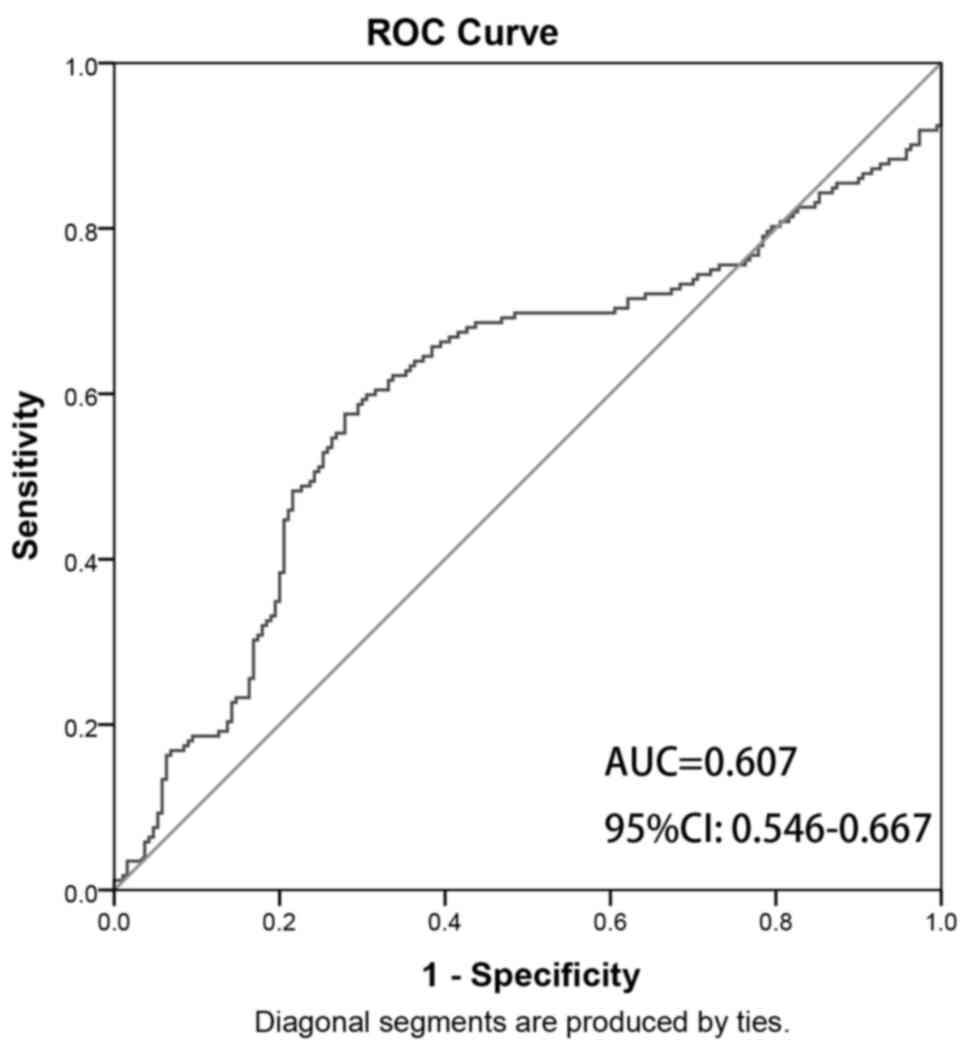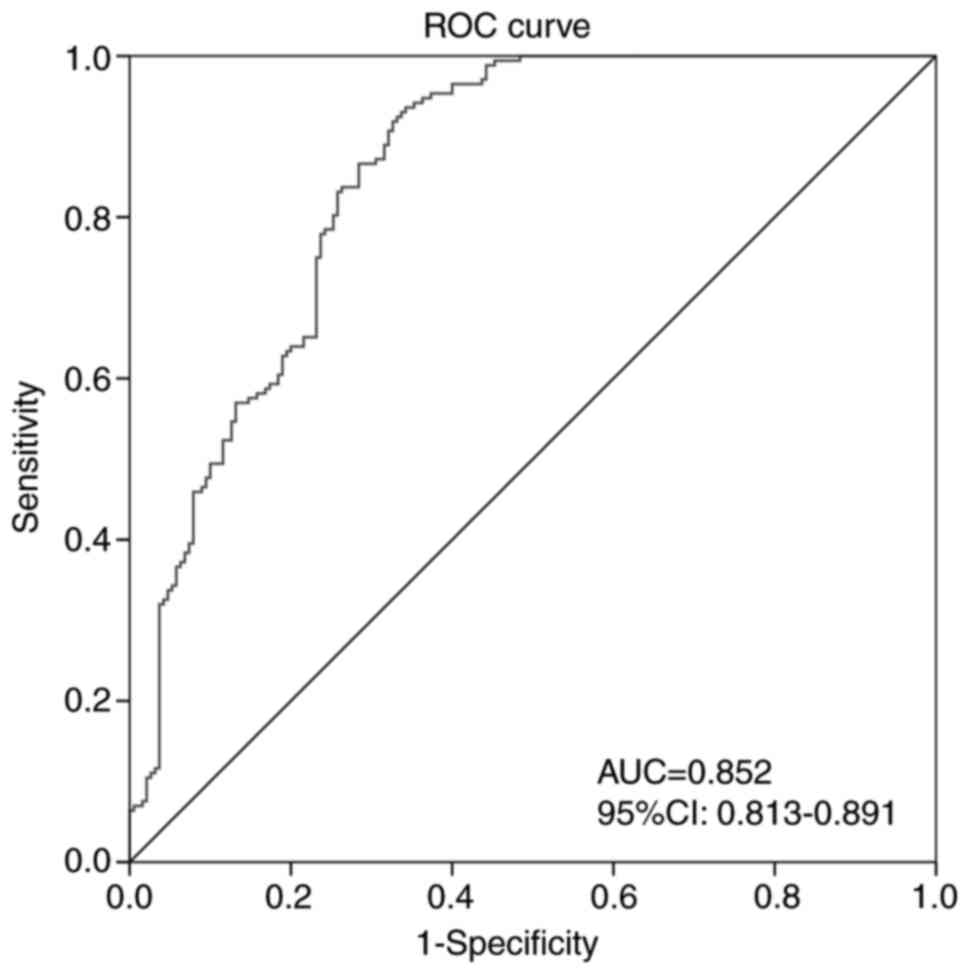|
1
|
Pedicelli S, Peschiaroli E, Violi E and
Cianfarani S: Controversies in the definition and treatment of
idiopathic short stature (ISS). J Clin Res Pediatr Endocrinol.
1:105–115. 2009.PubMed/NCBI View Article : Google Scholar
|
|
2
|
Wilson TA, Rose SR, Cohen P, Rogol AD,
Backeljauw P, Brown R, Hardin DS, Kemp SF, Lawson M, Radovick S, et
al: Update of guidelines for the use of growth hormone in children:
The lawson wilkins pediatric endocrinology society drug and
therapeutics committee. J Pediatr. 143:415–421. 2003.PubMed/NCBI View Article : Google Scholar
|
|
3
|
Albrecht A, Penger T, Marx M, Hirsch K and
Dörr HG: Short-term adverse effects of testosterone used for
priming in prepubertal boys before growth hormone stimulation test.
J Pediatr Endocrinol Metab. 31:21–24. 2018.PubMed/NCBI View Article : Google Scholar
|
|
4
|
Grimberg A, DiVall S, Polychronakos C,
Allen DB, Cohen LE, Quintos JB, Rossi WC, Feudtner C and Murad MH:
Drug and Therapeutics Committee and Ethics Committee of the
Pediatric Endocrine Society. Guidelines for growth hormone and
insulin-like growth factor-i treatment in children and adolescents:
Growth hormone deficiency, idiopathic short stature, and primary
insulin-like growth factor-i deficiency. Horm Res Paediatr.
86:361–397. 2016.PubMed/NCBI View Article : Google Scholar
|
|
5
|
Maghnie M, Lindberg A, Koltowska-Häggström
M and Ranke MB: Magnetic resonance imaging of CNS in 15,043
children with GH deficiency in KIGS (Pfizer International Growth
Database). Eur J Endocrinol. 168:211–217. 2013.PubMed/NCBI View Article : Google Scholar
|
|
6
|
Han X, Xiu J, Huang Z, Zhang J, Zhang Z,
Dong Y, Yuan X and Liu Q: Three-dimensional magnetic resonance
volumetry of the pituitary gland is effective in detecting short
stature in children. Exp Ther Med. 8:551–556. 2014.PubMed/NCBI View Article : Google Scholar
|
|
7
|
Kessler M, Tenner M, Frey M and Noto R:
Pituitary volume in children with growth hormone deficiency,
idiopathic short stature and controls. J Pediatr Endocrinol Metab.
29:1195–1200. 2016.PubMed/NCBI View Article : Google Scholar
|
|
8
|
Fink AM, Vidmar S, Kumbla S, Pedreira CC,
Kanumakala S, Williams C, Carlin JB and Cameron FJ: Age-related
pituitary volumes in prepubertal children with normal endocrine
function: Volumetric magnetic resonance data. J Clin Endocrinol
Metab. 90:3274–3278. 2005.PubMed/NCBI View Article : Google Scholar
|
|
9
|
Ren S, Nie Y and Wang A: Effects of
recombinant human growth hormone in the treatment of dwarfism and
relationship between IGF-1, IGFBP-3 and thyroid hormone. Exp Ther
Med. 12:3579–3582. 2016.PubMed/NCBI View Article : Google Scholar
|
|
10
|
Wang Y, Zhang H, Cao M, Kong L and Ge X:
Analysis of the value and correlation of IGF-1 with GH and IGFBP-3
in the diagnosis of dwarfism. Exp Ther Med. 17:3689–3693.
2019.PubMed/NCBI View Article : Google Scholar
|
|
11
|
Clayton PE, Cuneo RC, Juul A, Monson JP,
Shalet SM and Tauber M: European Society of Paediatric
Endocrinology. Consensus statement on the management of the
GH-treated adolescent in the transition to adult care. Eur J
Endocrinol. 152:165–170. 2005.PubMed/NCBI View Article : Google Scholar
|
|
12
|
Takeshita H, Fujihara J, Soejima M, Koda
Y, Kimura-Kataoka K, Ono R, Yuasa I, Iida R, Ueki M, Nagao M and
Yasuda T: Confirmation that SNPs in the high mobility group-A2 gene
(HMGA2) are associated with adult height in the Japanese
population; Wide-ranging population survey of height-related SNPs
in HMGA2. Electrophoresis. 32:1844–1851. 2011.PubMed/NCBI View Article : Google Scholar
|
|
13
|
Liu S, Fan X, Zhang C, Wang Z, Li S, Wang
Y, Qiu X and Jiang T: MR imaging based fractal analysis for
differentiating primary CNS lymphoma and glioblastoma. Eur Radiol.
29:1348–1354. 2019.PubMed/NCBI View Article : Google Scholar
|
|
14
|
Czyz M, Radwan H, Li JY, Filippi CG,
Tykocki T and Schulder M: Fractal analysis may improve the
preoperative identification of atypical meningiomas. Neurosurgery.
80:300–308. 2017.PubMed/NCBI View Article : Google Scholar
|
|
15
|
Marusina MY, Mochalina AP, Frolova EP,
Satikov VI, Barchuk AA, Kuznetcov VI, Gaidukov VS and Tarakanov SA:
MRI image processing based on fractal analysis. Asian Pac J Cancer
Prev. 18:51–55. 2017.PubMed/NCBI View Article : Google Scholar
|
|
16
|
Smitha KA, Gupta AK and Jayasree RS:
Fractal analysis: Fractal dimension and lacunarity from MR images
for differentiating the grades of glioma. Phys Med Biol.
60:6937–6947. 2015.PubMed/NCBI View Article : Google Scholar
|
|
17
|
Herlidou-Même S, Constans JM, Carsin B,
Olivie D, Eliat PA, Nadal-Desbarats L, Gondry C, Le Rumeur E,
Idy-Peretti I and de Certaines JD: MRI texture analysis on texture
test objects, normal brain and intracranial tumors. Magn Reson
Imaging. 21:989–993. 2003.PubMed/NCBI View Article : Google Scholar
|
|
18
|
Jia TY, Xiong JF, Li XY, Yu W, Xu ZY, Cai
XW, Ma JC, Ren YC, Larsson R, Zhang J, et al: Identifying EGFR
mutations in lung adenocarcinoma by noninvasive imaging using
radiomics features and random forest modeling. Eur Radiol.
29:4742–4750. 2019.PubMed/NCBI View Article : Google Scholar
|
|
19
|
Cohen P, Germak J, Rogol AD, Weng W,
Kappelgaard AM and Rosenfeld RG: American Norditropin Study Group.
Variable degree of growth hormone (GH) and insulin-like growth
factor (IGF) sensitivity in children with idiopathic short stature
compared with GH-deficient patients: Evidence from an IGF-based
dosing study of short children. J Clin Endocrinol Metab.
95:2089–2098. 2010.PubMed/NCBI View Article : Google Scholar
|



















